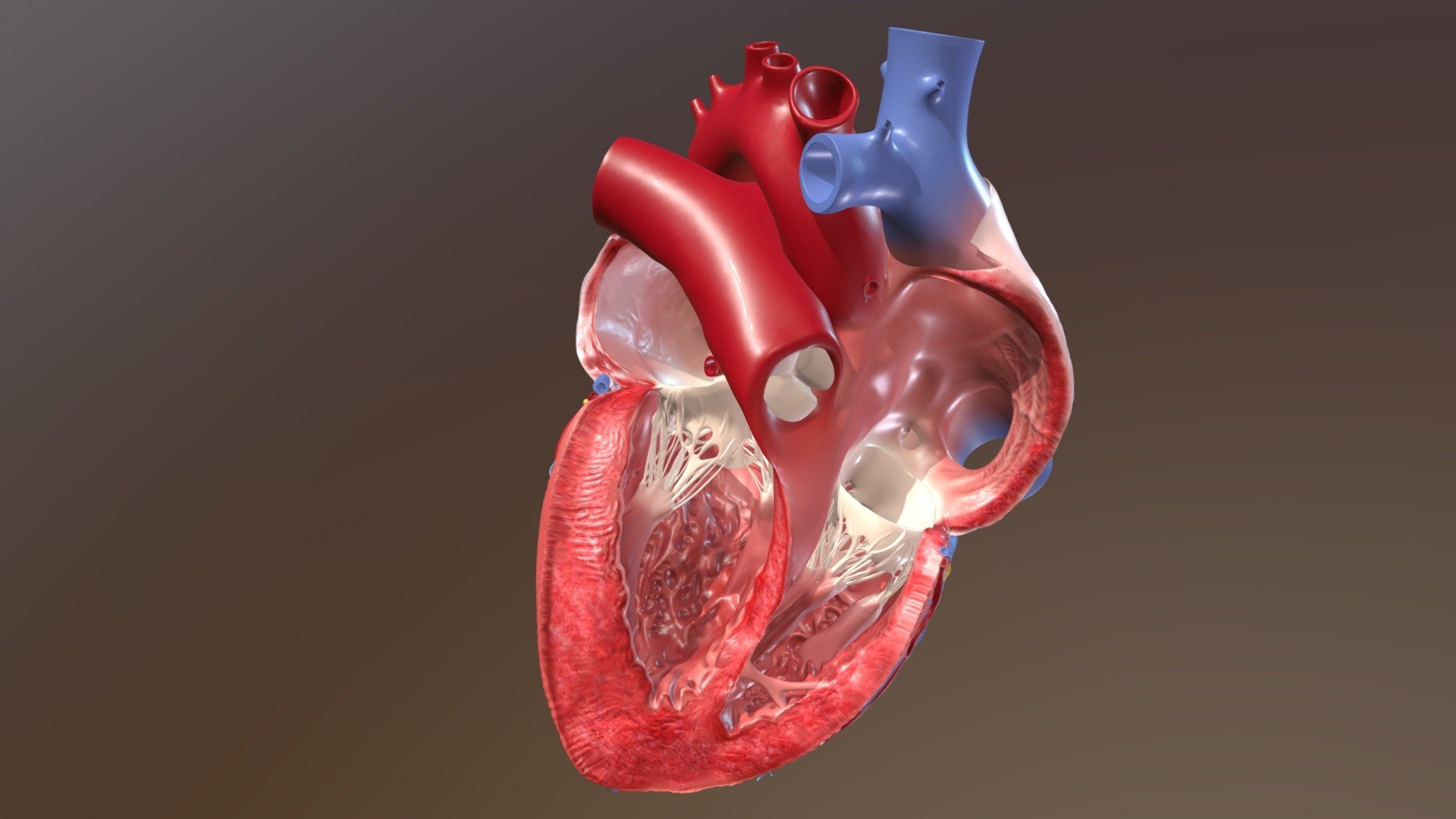
What is a Partial Atrioventricular Canal? A partial atrioventricular canal is a heart defect present at birth. It affects the walls separating the heart's chambers and the valves controlling blood flow between them. This condition can lead to improper blood circulation, causing symptoms like fatigue, shortness of breath, and poor growth in infants. Surgery often becomes necessary to correct the defect and improve heart function. Understanding this condition helps in recognizing symptoms early and seeking timely medical intervention. Let's dive into 30 essential facts about partial atrioventricular canal to better grasp its impact, treatment options, and what living with this condition entails.
Key Takeaways:
- Partial Atrioventricular Canal is a congenital heart defect that affects blood flow and heart structure. It can cause symptoms like difficulty breathing and may require surgery for treatment.
- Families dealing with Partial Atrioventricular Canal can find support through support groups, educational resources, financial assistance, counseling services, and specialized care centers for expert care.
What is Partial Atrioventricular Canal?
Partial atrioventricular canal (PAVC) is a congenital heart defect. It affects the structure of the heart, causing problems with blood flow. Here are some key facts to help you understand this condition better.
-
PAVC involves a hole between the heart's chambers.
This hole is located between the atria, the upper chambers of the heart. -
It also affects the heart valves.
The mitral and tricuspid valves may not form correctly, leading to leakage. -
PAVC is present at birth.
This condition is congenital, meaning it develops before a baby is born. -
It is part of a group of defects called atrioventricular septal defects (AVSD).
AVSD includes both partial and complete forms, with PAVC being the less severe. -
PAVC is often associated with Down syndrome.
Many children with Down syndrome also have PAVC or other heart defects.
Symptoms of Partial Atrioventricular Canal
Recognizing the symptoms early can lead to better management of PAVC. Here are some common signs to look out for.
-
Difficulty breathing.
Babies with PAVC may breathe rapidly or struggle to breathe. -
Poor feeding and weight gain.
Infants may have trouble feeding and gaining weight properly. -
Frequent respiratory infections.
These children are more prone to lung infections like pneumonia. -
Heart murmurs.
Doctors often detect unusual heart sounds during a physical exam. -
Fatigue and weakness.
Children with PAVC may tire easily and have low energy levels.
Diagnosing Partial Atrioventricular Canal
Accurate diagnosis is crucial for effective treatment. Here are some methods doctors use to diagnose PAVC.
-
Echocardiogram.
This ultrasound test provides detailed images of the heart's structure. -
Chest X-ray.
X-rays can show an enlarged heart or fluid in the lungs. -
Electrocardiogram (ECG).
An ECG measures the heart's electrical activity to detect abnormalities. -
Cardiac MRI.
MRI scans offer detailed images of the heart and blood vessels. -
Cardiac catheterization.
This procedure involves inserting a thin tube into the heart to measure pressure and oxygen levels.
Treatment Options for Partial Atrioventricular Canal
Treating PAVC often involves surgery. Here are some common treatment approaches.
-
Surgical repair.
Surgeons close the hole and repair the valves to improve heart function. -
Medications.
Drugs like diuretics and ACE inhibitors help manage symptoms before surgery. -
Regular monitoring.
Ongoing check-ups ensure the heart is functioning well after treatment. -
Nutritional support.
Special feeding techniques and high-calorie formulas help babies gain weight. -
Physical therapy.
Therapy can improve strength and development in children with PAVC.
Long-term Outlook for Patients with Partial Atrioventricular Canal
Understanding the long-term outlook helps families prepare for the future. Here are some important considerations.
-
Most children lead normal lives after surgery.
Successful surgery allows many children to grow and develop normally. -
Regular follow-up is essential.
Lifelong monitoring ensures any complications are detected early. -
Some may need additional surgeries.
Valve problems or other issues might require further surgical intervention. -
Risk of arrhythmias.
Abnormal heart rhythms can occur, requiring medication or other treatments. -
Exercise restrictions.
Some children may need to avoid strenuous activities.
Support and Resources for Families
Families dealing with PAVC need support and resources. Here are some ways to find help.
-
Support groups.
Connecting with other families can provide emotional support and practical advice. -
Educational resources.
Books, websites, and organizations offer valuable information about PAVC. -
Financial assistance.
Programs and charities can help cover medical expenses. -
Counseling services.
Professional counseling can help families cope with the emotional impact. -
Specialized care centers.
Hospitals with pediatric cardiology departments offer expert care for children with PAVC.
Final Thoughts on Partial Atrioventricular Canal
Partial atrioventricular canal (PAVC) is a congenital heart defect that affects the heart's structure and function. Understanding the symptoms, causes, and treatment options is crucial for managing this condition effectively. Early diagnosis and intervention can significantly improve the quality of life for those affected.
Symptoms like difficulty breathing, poor weight gain, and frequent respiratory infections should not be ignored. Causes often include genetic factors, making family history an important aspect to consider. Treatment options range from medication to surgical procedures, depending on the severity of the defect.
Raising awareness about PAVC can lead to better outcomes and support for patients and their families. Stay informed, consult healthcare professionals, and don't hesitate to seek second opinions if needed. Knowledge is power when it comes to managing health conditions like PAVC.
Frequently Asked Questions
Was this page helpful?
Our commitment to delivering trustworthy and engaging content is at the heart of what we do. Each fact on our site is contributed by real users like you, bringing a wealth of diverse insights and information. To ensure the highest standards of accuracy and reliability, our dedicated editors meticulously review each submission. This process guarantees that the facts we share are not only fascinating but also credible. Trust in our commitment to quality and authenticity as you explore and learn with us.
